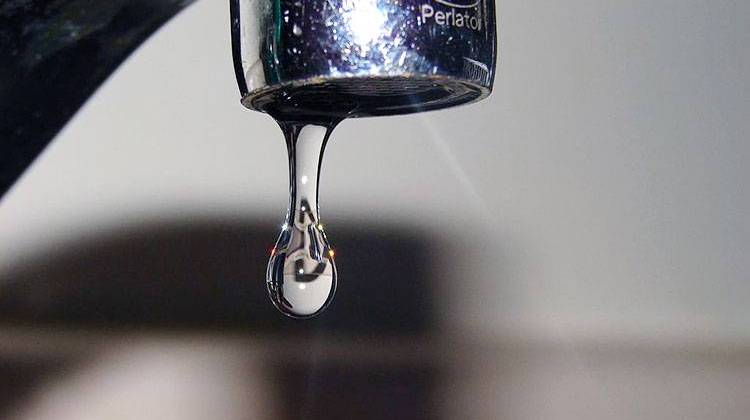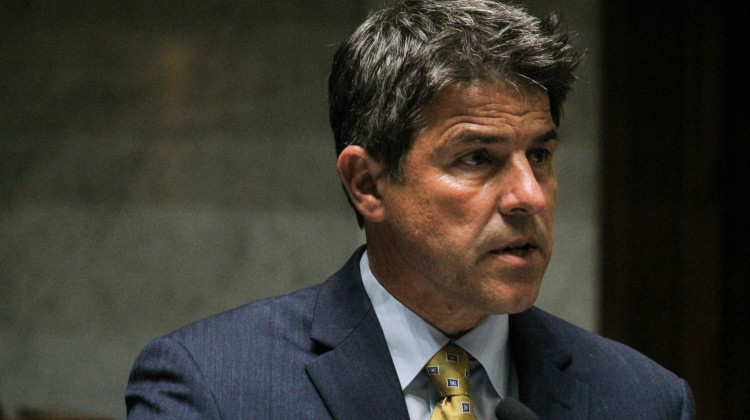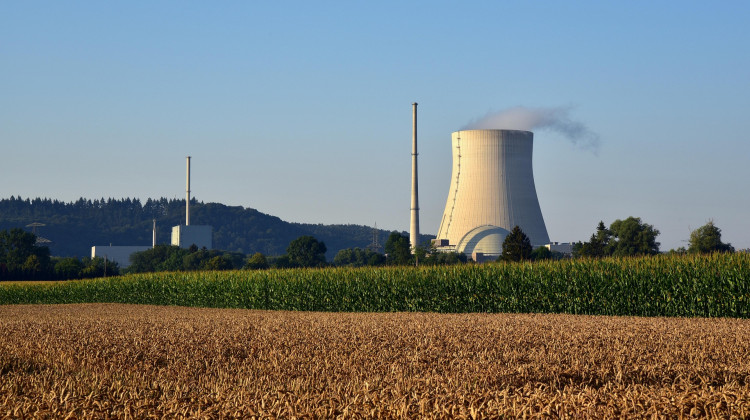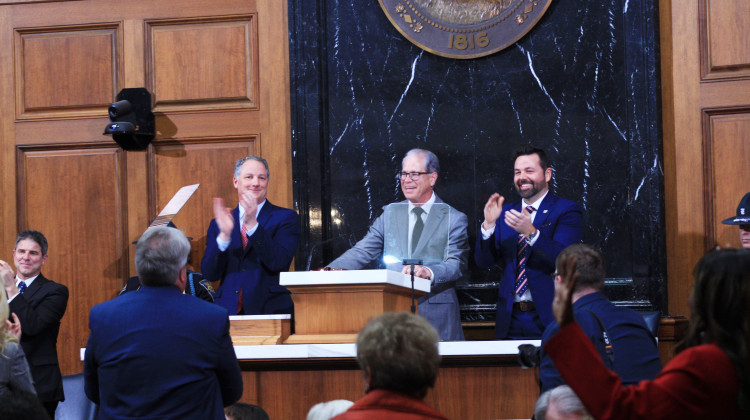
Just because water is legal, doesn’t mean it’s safe. That’s the conclusion from a new report by the Environmental Working Group, a national environmental advocacy organization.
stock photoJust because water is legal, doesn’t mean it’s safe. That’s the conclusion from a new report by the Environmental Working Group, a national environmental advocacy organization.
Governments set limits on how much pollution can be in drinking water. But Sonya Lunder, a senior analyst with EWG who worked on the report, says those limits are determined by what’s feasible and affordable for drinking water utilities.
“And there’s a huge gap between what’s legal in drinking water and what might be safe,” Lunder says.
Independent scientists, the Environmental Protection Agency, and the state of California have done research on “a goal, or the ideal amount of contamination in water” irrespective of cost, Lunder says.
The Tap Water Database includes information from nearly 50,000 public water systems in all 50 states. EWG researchers collected data from state and federal agencies for drinking water tests conducted by utilities between 2010-2015. They then compared those results with the “ideal” amount of pollutants acceptable for human health.
Lunder says almost all utilities meet regulatory requirements, but 267 contaminants were found in the tests, including pollutants associated with damage to reproductive health, carcinogens and nitrates, a chemical associated with animal waste, agricultural fertilizers, and urban runoff.
According to the Tap Water Database, EWG found four contaminants above legal limits from multiple Indiana utilities, including nitrate and arsenic, and ten contaminants above limits researchers consider safe, including uranium and hexavalent chromium (made infamous by the Julia Robert’s film Erin Brockovich).
The Indiana Department of Environmental Management, which oversees drinking water utilities, did not return a request for comment by deadline. Anthony Swinger, a spokesperson for the Office of Utility Consumer Counselor, which represents consumer interests in utility rate making cases, says in a statement the OUCC is “very concerned any time a safety issue arises with regard to any utility.”
“The most important issue in any rate case is to make sure the utility comes out of the proceeding with the revenue it needs to provide safe and reliable service, but at the most reasonable possible rates….[I]n a water rate case specifically, it’s vital the utility have the necessary funds to ensure that its treatment plants are working properly, that it is purchasing the proper amount of treatment chemicals, and that it is taking the additional steps needed to ensure that it complies with all legal requirements on both the economic and environmental fronts,” Swinger says.
Lunder, the EWG analyst, says the pollutants popping up in Indiana are relatively common across the country, but that doesn’t mean they’re not worrisome.
“None of these are necessarily easy fixes,” says Lunder. “If they were I think we’d see more progress.”
In a statement accompanying the release of the database, EWG called federal drinking water regulations “inadequate” and recommends people worried about the safety of their drinking water buy water filters.
Lunder says for long term progress, people need to lobby public officials to revisit drinking water safety standards.
 DONATE
DONATE





 View More Articles
View More Articles

 Support WFYI. We can't do it without you.
Support WFYI. We can't do it without you.